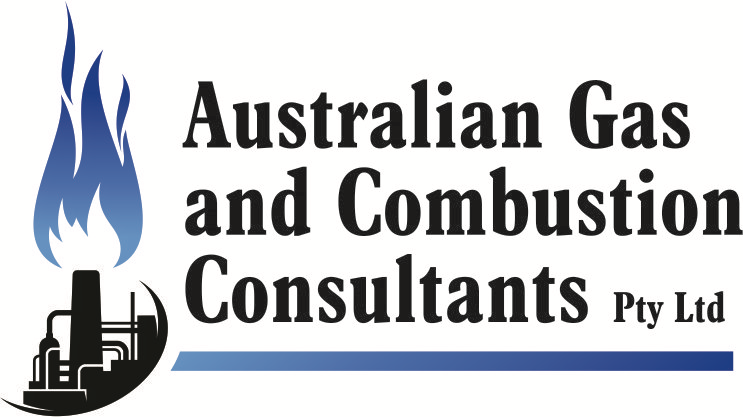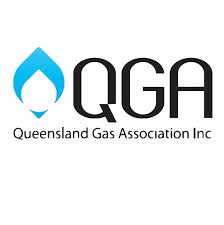Hydrogen Gas Systems
Burners & Fuel Cells
Working with appliances manufactures, importers, commercial, industrial, manufacturing, food processing, mining, energy and gas production clients with new technologies for advancing Industries
What Is Hydrogen?
Hydrogen is the most abundant element in the universe. Hydrogen is usually extracted from other sources. In its purest form, hydrogen is a non-toxic colorless and odorless gas. Hydrogen is being increasingly viewed as essential decarbonization option around the world for a wide range of sectors, including transportation, goods and people movement, power generation, energy storage, natural gas blending, marine propulsion, aviation, heating, steelmaking, and other industrial applications. The current primary uses for hydrogen today are for petroleum refining, ammonia for fertilizer, chemical, and food industries. Hydrogen gas has an LEL lower explosive/flammable limit of 4% and the UEL upper explosive/flammable limit of 77%. With a flame speed around 200 to 300 cm/sec and a Lower heating value of 51,623 BTU/lb @ 77 degrees F.
Hydrogen Gas vs Natural Gas
Hydrogen has about 2.5 times the energy density of methane. So, if you burn one pound of hydrogen vs one pound of natural gas, you will get 2.5 times the energy. On face value hydrogen seems to be a far superior gas right? But because hydrogen is so much lighter, or less dense, you need approximately 3 times the volume of hydrogen as compared to natural gas to get the same amount of energy. Making straight conversions from Natural Gas to Hydrogen gas not so straight forward. With the increase in volume needed to run hydrogen upsizing of storage, upsizing of the pipework system, increasing gas pressures, changing of combustion chamber sizes, gas valves and burners maybe be needed, hydrogen may also add extra volume to the exhaust gas flow compared to firing natural gas. Hydrogen gas is also un-odourised so installation of leak detection systems and hazardous area equipment are super critical.
There are also other factors at play including Hydrogen embrittlement (HE), also known as hydrogen-assisted cracking or hydrogen-induced cracking (HIC), is a reduction in the ductility of a metal due to absorbed hydrogen. Hydrogen atoms are very small and can permeate solid metals. Once absorbed, hydrogen lowers the stress required for cracks in the metal to initiate and propagate, resulting in embrittlement.
Hydrogen Blends
The first thing to realise is that boilers and other appliances have been running successfully on Hydrogen/Natural Gas blends for decades. Combustion technicians and burner manufacturers have plenty of experience in coping with the differences between hydrogen, natural gas and how these two gases blend. Typically on an industrial scale we don't start to see changes in combustion emissions with NOx levels until the hydrogen hits about 8%, But as the percentage of hydrogen rises in the blends, significant adjustments will have to be made.
What do they mean by the colour of hydrogen?
Isn't Hydrogen a colourless gas? Yes, but each colour corresponds to a different extraction process.
The three most common types of hydrogen are grey, blue, and green hydrogen. Beyond the three most common types of hydrogen, there are other colour types with many more in development.
Black/Brown Hydrogen
Black and brown hydrogen is created using either type of coal in the extraction process. This process is called gasification, It’s an established process used in many industries that convert carbon-rich materials into hydrogen and carbon dioxide.
Pink Hydrogen
Pink hydrogen (also known as purple or red hydrogen) is extracted through electrolysis powered by nuclear energy.
Turquoise Hydrogen
Turquoise hydrogen is made using a process called ‘methane pyrolysis’, which produces hydrogen and solid carbon by using heat to break down a material’s chemical makeup. No carbon is released into the air, instead it’s stored in the solid carbon created.
Yellow Hydrogen
Yellow hydrogen, can fall under the "Green Hydrogen" label and is made through electrolysis specifically using solar power.
Gray Hydrogen
Grey hydrogen is created from natural gas using steam reforming, which separates the hydrogen from the natural gas.
Blue Hydrogen
Blue hydrogen is also extracted using the steam reforming process, but it differs from grey as the carbon emissions released are captured and stored, which reduces the emissions in the atmosphere.
Green Hydrogen
Green hydrogen doesn’t generate any emissions in its entire life cycle as it uses renewable energies in the production process, making it a true source of clean energy. It is made by electrolysing water using clean electricity created from surplus renewable energy from wind and solar power.
Can Ammonia also be used to make Hydrogen?
Yes! Ammonia can be decomposed (cracked) over a catalyst to produce hydrogen (H2) and nitrogen (N2). Nitrogen is a non-toxic, non-greenhouse gas. Ammonia also has potential as a storage medium for hydrogen, as it’s more easily transported than liquid or gas-based hydrogen.




